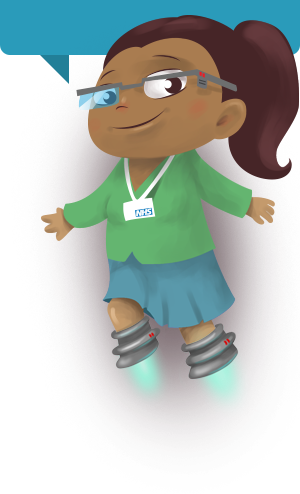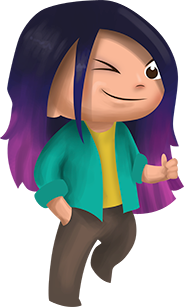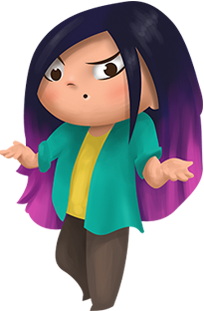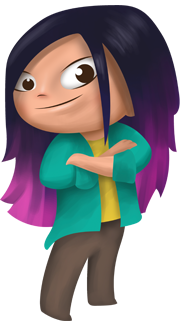

Head lice 
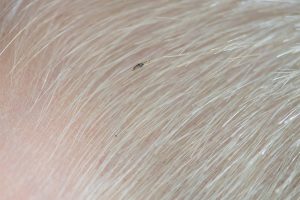
Head lice don’t have wings – they have six legs and cling to hair using a claw on the end of each leg. Head lice eat blood, which they get by biting the scalp. Ouch!
Head lice live on your head and hatch from eggs. The eggs are very hard to see because they are so small – about the size of a pin head. The eggs are laid where the hair meets the skin of your head because it is nice and warm there.
Head lice love hair!
Head lice just love hair – it doesn’t matter if you are a boy or a girl or how long, short, curly, straight, dirty or clean it is!
Head lice are spread by head-to-head contact. They cannot fly, jump or swim, and they can’t live away from a human head for long so you can’t pick them up from pillows or towels.
How to spot head lice
Lots of people are allergic to head lice. They can make your head itch, which makes you scratch. But not everyone is allergic to head lice, so you might have head lice but not have any itching.
Most people first look for head lice because of this scratching. Some people also get a rash on the back of their neck. Head lice like to live in the hair behind the ears and at the back of the neck, so this is a good place to look.
The best way of looking for head lice is to have your hair brushed through with a fine-toothed plastic comb once a week when it is wet.
Head lice don’t like water so they stay still in wet hair and this makes them easy to spot. If your hair is covered in conditioner it makes it easier to comb through.
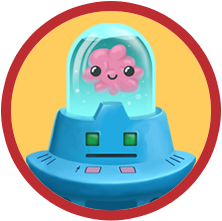
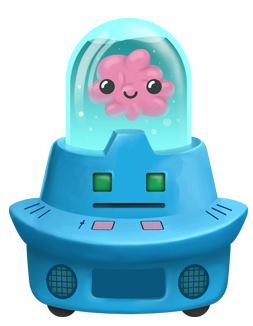 Head lice hatch after about seven days, the females can lay eggs after another seven days, and they can lay about five eggs a day. That’s a lot of head lice in a very short space of time!
Head lice hatch after about seven days, the females can lay eggs after another seven days, and they can lay about five eggs a day. That’s a lot of head lice in a very short space of time! Getting rid of head lice
Even if you find only one head louse, you need to treat your hair. You then need to check the hair of everyone in your family, but not your pets as animals don’t get head lice – lucky them!
You need to tell your friends and your school. However, you should only treat hair if you see live head lice – don’t be tempted to treat hair ‘just in case’.
Head lice are tough. They can’t be killed by washing with normal shampoo or normal combing, so you need to either brush your hair through with a fine metal comb or get a treatment from the shop. The treatments have instructions on how to use them, and it’s best to have someone help you.
For more information on treatments to get rid of head lice visit the NHS website.
Keeping head lice away
It’s difficult to stop head lice. Combing wet and conditioned hair once a week with a fine comb is the best way of spotting head lice and catching them early.
If you’ve got long hair, keeping it plaited or tied up might help keep head lice away, as this can make it difficult for head lice to attach themselves to the bottom of the hair strand where they like to live.

